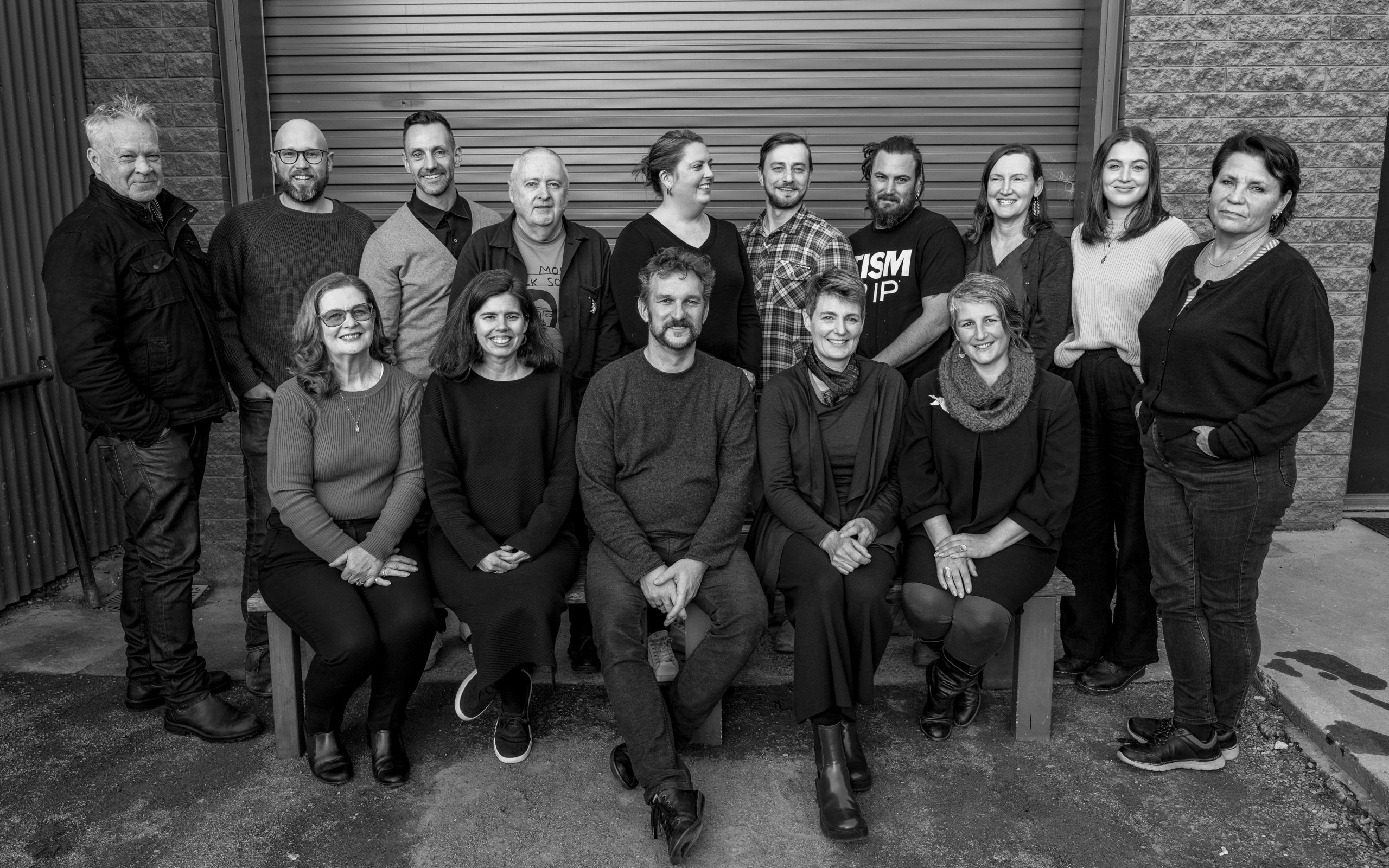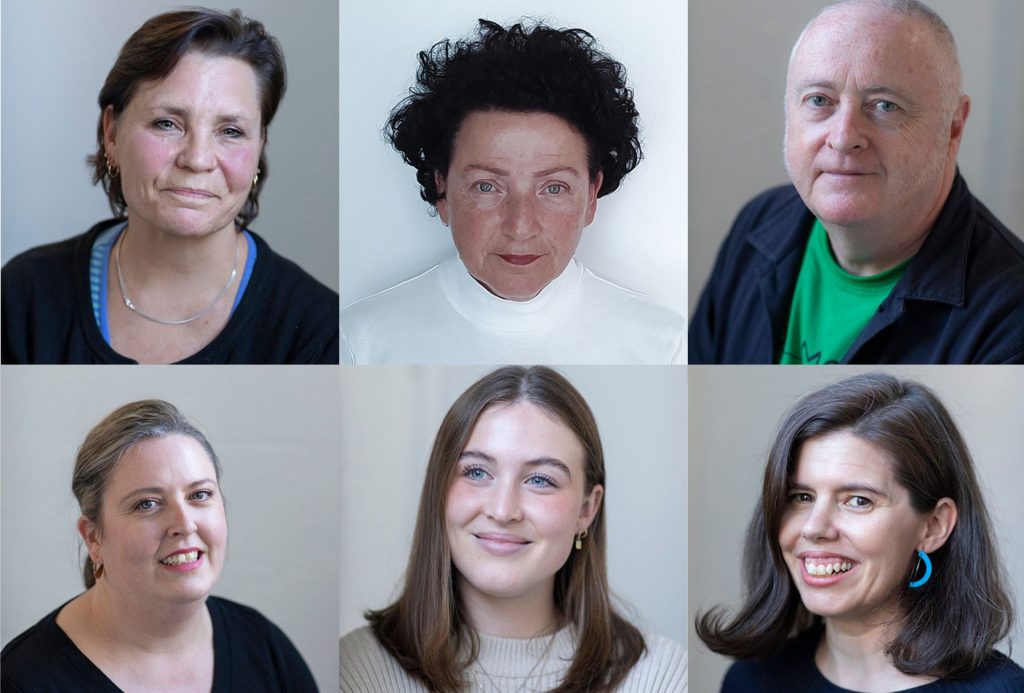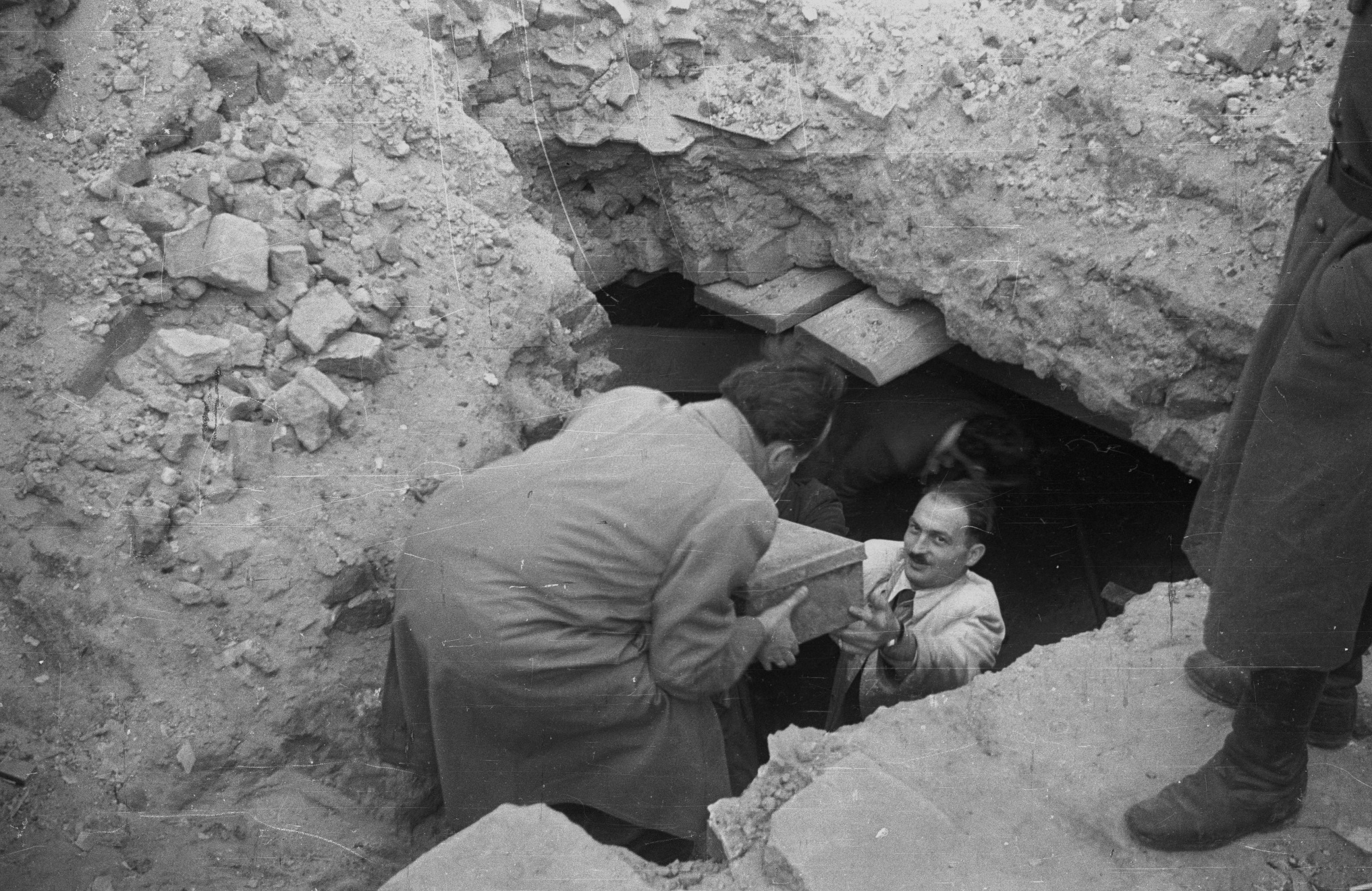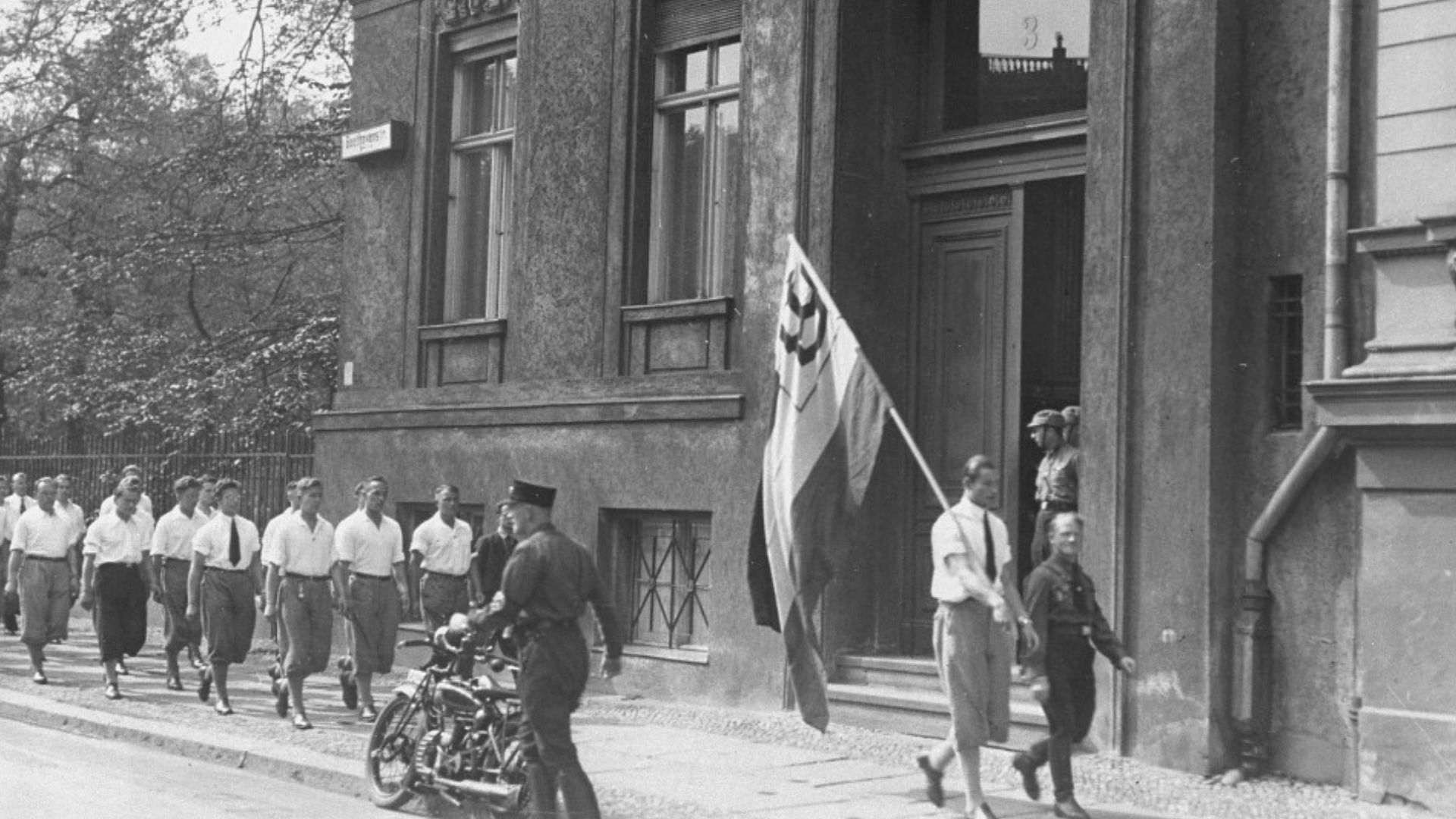
Our curatorial team drew upon the MHM Collection of over 12,000 historical artefacts and 1300 survivor testimonies, and worked with Thylacine to develop the interpretive methods, and thematic and physical structure of the exhibition space, to create a powerful visitor experience.
With over 20 years’ experience in interpretive design, Thylacine had a wealth of experience in making museum exhibitions “accessible” to all visitors through interpretive displays that physically and personally connect them to the space. The team boasts an impressive list of clientele including the Western Australian Museum, the National Archives of Australia, and Arts Centre Melbourne.
Thylacine Senior Creative Designer Lucy Bannyan describes the MHM project as a real “team effort” as her colleagues and the MHM team worked closely together to bring these survivor stories to life through every phase of the project.
Making it a reality required project management and coordination of the construction of all aspects of the exhibition fit out, working with specialists and contractors to ensure all the bespoke elements of the design were made to strict specifications. An important part of this process was the development of a tailored exhibition graphic style guide that the Thylacine team created to assist the MHM in preparing and selecting text and images for the exhibition.
Thylacine chose to elevate certain storylines as three-dimensional installations, “offering moments of atmospheric interest, beauty or constraint”. Some examples include:
Gallery 2: Rights Removed
The November Pogrom of 1938 or Kristallnacht is represented as a smashed glass monolith in the centre of the space to focus visitors’ attention on the start of the atrocities.
Gallery 3: Freedoms Lost
Subtle manipulation of the exhibition gallery space to restrict in size, represents the restrictions on life as freedoms were lost.
Gallery 4: Life Unworthy of Life, and Gallery 5: Liberation
A birch “forest” made of birch tree trunks was installed to represent a hiding place for escapees, glimpses to freedom for the imprisoned and the way atrocities were hidden from view by the perpetrators.

Lucy explains “The main concept throughout the exhibition is to remind visitors of the lives lost. Fibre optic points arranged in a Star of David diminish in number as visitors move through the space, representing the six million Jewish lives lost.”
The team were faced with some challenges in terms of the limited size and restricted shape of the gallery. Lucy explains that the “exhibition design uses the perimeter of the space to create a rich ‘mosaic’ of information, objects and experience as visitors flow through the exhibition from start to end in one direction.”
They created the design works at two levels; the experiential, that surrounds visitors; and the detailed – stories, words, images and smaller collection items (e.g. paper and textiles) housed in an almost continuous horizontal ledge along the perimeter walls where visitors can dig deep into the content in an intimate way. The emotional impact of the exhibition was a major consideration for the Thylacine team, and communicating the traumatic content to visitors affectively posed a challenge that they addressed alongside our team of Holocaust experts.


